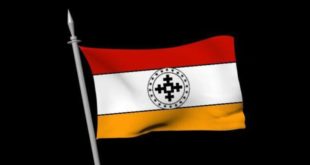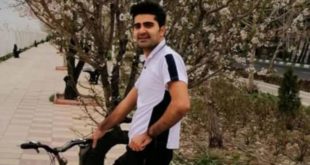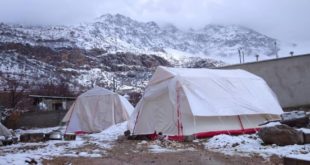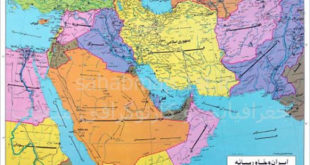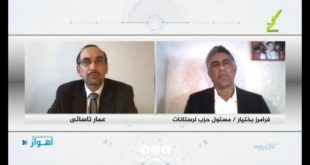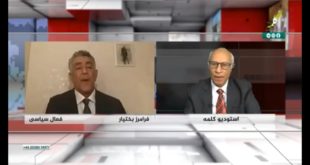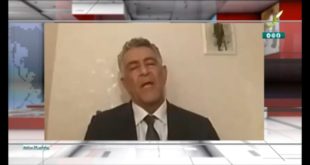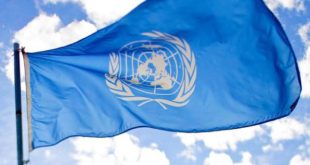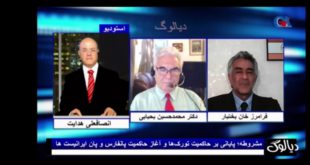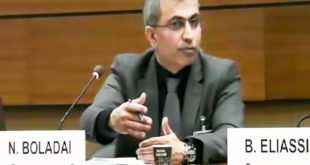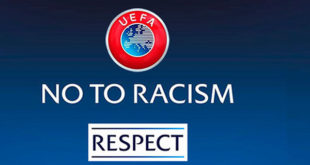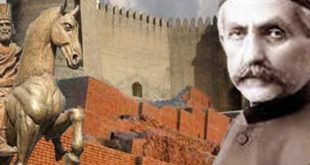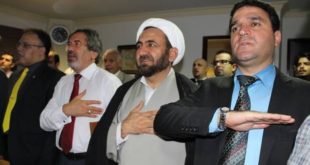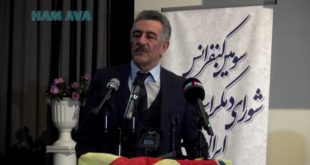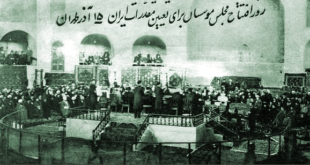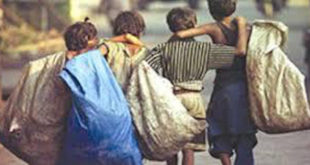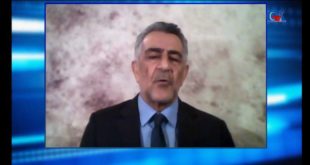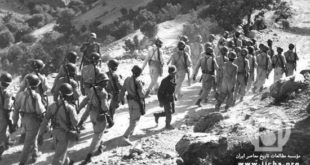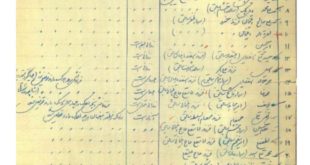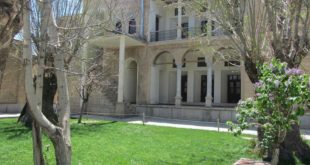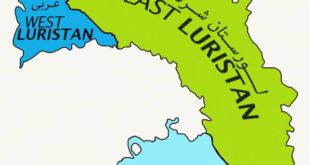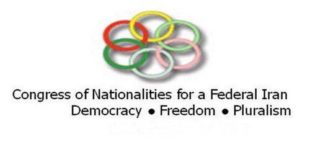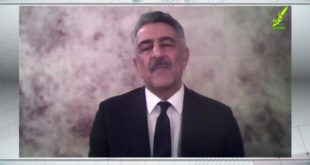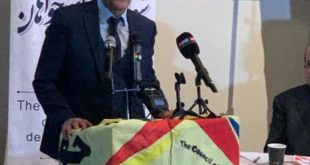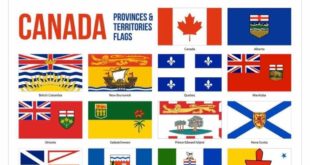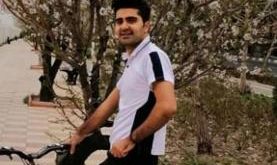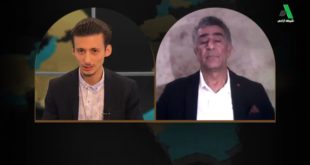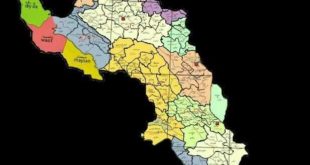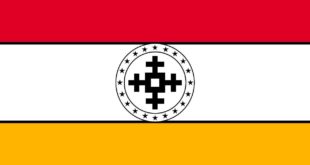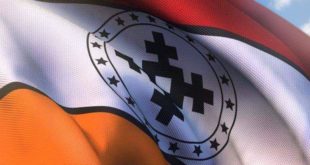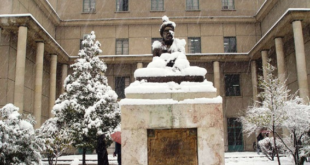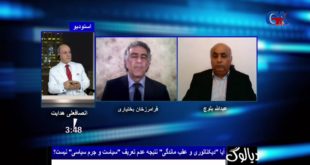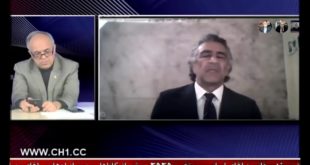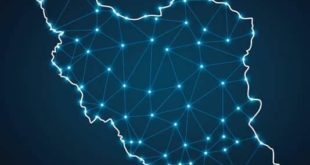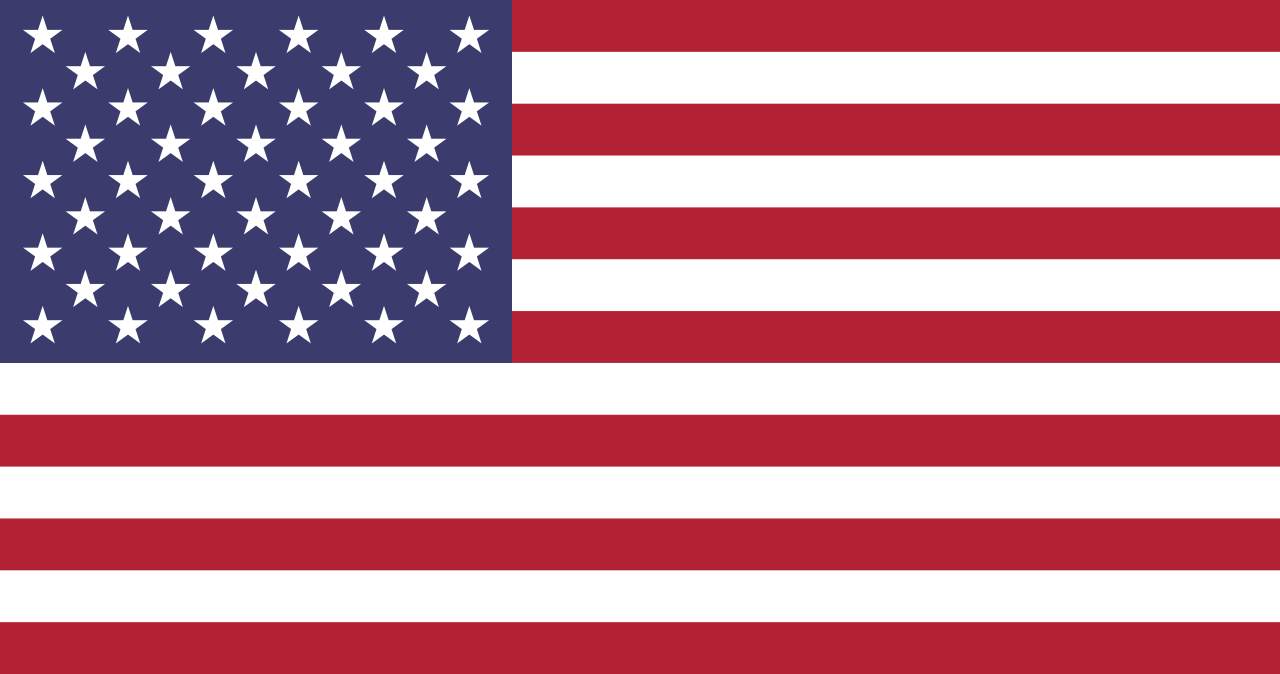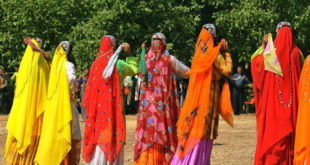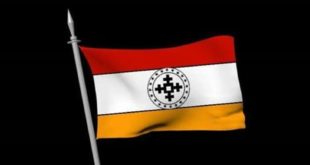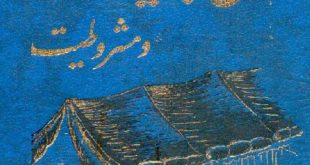Iran’s population is a mosaic of ethnicities, but the non-Persian groups are largely located in the peripheries and far from the power base, Tehran. Unfortunately, their geographical location in the margins is matched by cultural, linguistic and political marginalization and coupled with low socio-economic indicators.
Historically, the Pahlavi dynasty promoted an Aryanisation policy to amalgamate other ethnic groups into Persian. In fact, the Pahlavi Regime set in motion a policy to erase non-Persian heritage from Iran by banning ethnic languages on school premises, other official places, religious ceremonies, as well as in the publication of books and other newspaper and magazines. ‘Persianisation’ also involved changing non-Persian geographic names to Persian ones and ensuring that the names of newborns were also Persianized.
The Aryan policy was predominately featured during the Shah’s regime; the Shah had titled himself “Ariyamehr” meaning “Aryan Sun”.
In official literature, Iran was interpreted as “Land of Aryans”. This opposed the fact that Iranian Arabs are of the Semitic race, and Azerbaijanis and Turkmens of the Turkic race. Even though race characteristics found some support in Persian-speaking society, they never became universal among other nations in Iran.
The current government, in the pursuit of Persianising Iran, has published a book consisting of Persian and religious names acceptable to Shiite thinking. All people of Iran have to choose their children’s names from this book. It excludes Arabic names, names of important people within Sunni Islam, and Balochi, Kurdish, Azerbaijani,Turk ,Lor ,and Turkmen names.
Iran has a systematic system of discrimination against non-Persian ethnic groups, which is institutionalized within the constitution. As the United Nations Committee on the Elimination of Racial Discrimination stated in August 2010, “the information furnished by the State party on the definition of racial discrimination in article 19 of the Iranian Constitution and reiterates its concern that this definition does not explicitly cover the forms of racial and ethnic discrimination prohibited under the
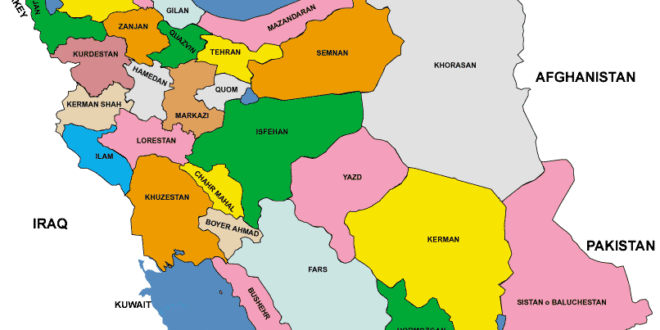
 لرستانات
لرستانات
